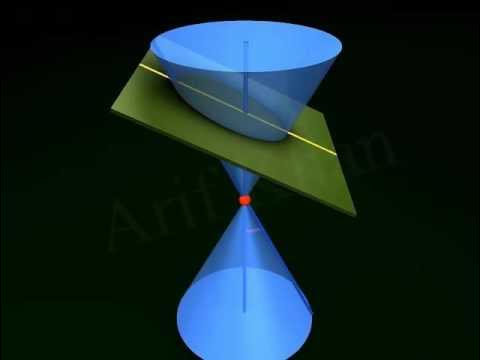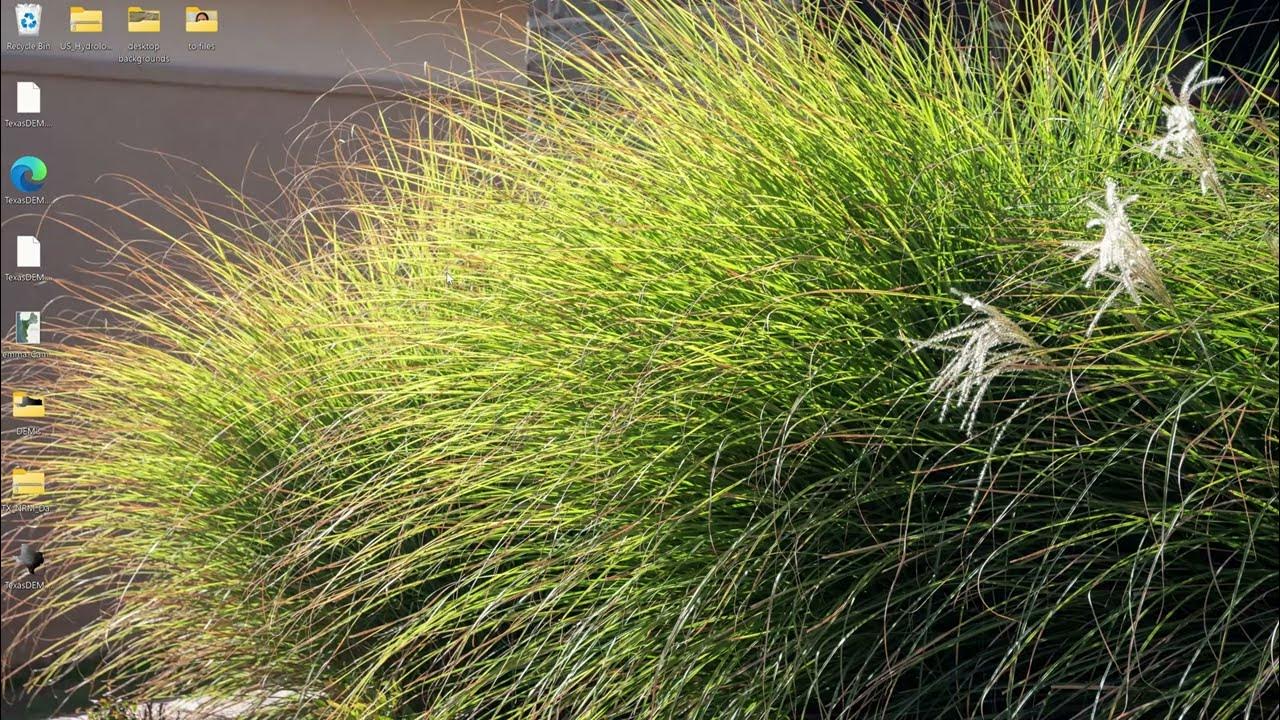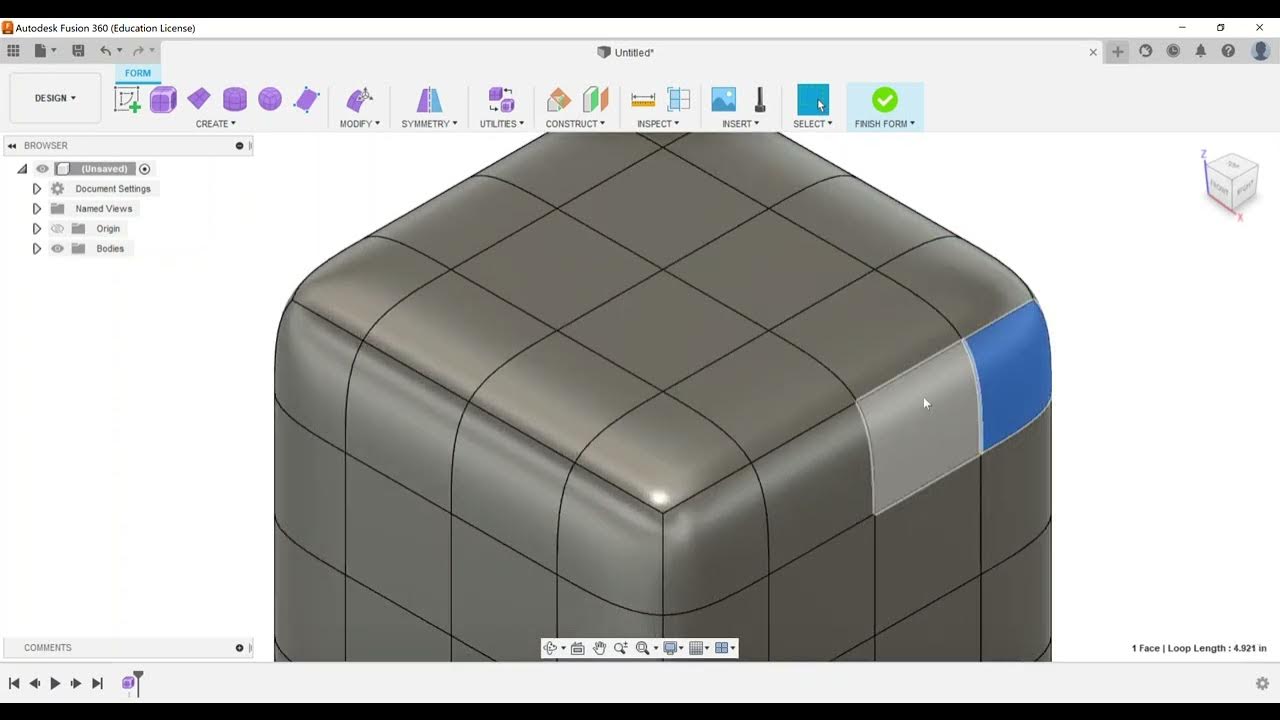How to Explore Shapes for Handbuilding | PIERANTOZZI
Summary
TLDRThis instructional video script guides viewers on crafting circular templates for pottery, emphasizing the simplicity of creating cone-like forms from circles. It demonstrates using a compass or lids to find the center of a circle, cutting out sections to form different shapes, and using these as building blocks for various pottery forms. The script also covers techniques for attaching and shaping the clay, including using a mesh texture and ensuring the base is horizontal for stability. The process encourages experimentation with different sizes and configurations of circular templates to create unique pottery pieces.
Takeaways
- 📐 The process begins with creating circular templates, which are essential for forming conical shapes in pottery.
- 🎨 Circular templates offer a variety of shapes beyond rectangular ones, providing more design options for pottery.
- 📝 To create a circular template, start by drawing a circle and then cutting out sections to form different shapes.
- 🔄 The wider the section cut from the circle, the wider the resulting form will be, allowing for customization of the pottery's shape.
- 🏺 Building blocks are the fundamental techniques in pottery, which involve breaking down shapes into basic components and reassembling them.
- 🔄 The center point of the circle is crucial for maintaining symmetry and accuracy in the pottery's form.
- 📏 Cutting different configurations from the circle, such as a half or a quarter, results in different forms like bowls or pots.
- 🧱 Clay is a versatile medium that allows for pushing and personalizing pieces during the wet stage of the process.
- 🔧 Using a mesh texture, like a grocery bag, can add a unique touch to the pottery without the need for additional materials.
- 🛠 The template serves as a starting point, but the final form can be modified and adjusted based on the artist's vision.
- 🔍 When working with circular forms, it's important to ensure the base is flat and horizontal for proper attachment and stability.
Q & A
What is the main focus of the video script?
-The main focus of the video script is on creating circular templates for pottery, which can be used to form various shapes such as pots and bowls.
Why are circular templates different from rectangular ones in pottery?
-Circular templates are different because they are used to create forms that are conical or have a rounded shape, unlike rectangular templates which are typically used for more square or rectangular shapes.
What materials can be used to create a circular template according to the script?
-Newspaper, construction paper, or even clay can be used to create a circular template. The script also suggests using a compass or tracing lids to find the circle's center.
How does cutting out sections from a circle affect the form it creates in pottery?
-Cutting out sections from a circle affects the width and shape of the form. The more sections you cut out, the wider the form will be, as each section represents a part of the 'pie' that will be the final shape.
What is the significance of the center point in creating a circular template?
-The center point is crucial as it is the starting point for cutting out sections of the circle. It ensures that the radius remains consistent, which is important for the symmetry and shape of the final pottery form.
How does the script suggest using the circular template to create a pot or a bowl?
-The script suggests cutting out a piece of clay from a larger slab and using the template to shape the clay. For a bowl, the template is cut in half, and for a pot, the full circle template is used, adjusting the base to ensure it is horizontal before attaching it.
What is the purpose of using a mesh texture in the video?
-The mesh texture, made from a grocery bag in the video, is used to add a personalized touch to the pottery pieces. It allows the clay to be pushed and shaped in various ways during the wet stage of the clay.
Why is it important to ensure the base of the pottery is horizontal?
-A horizontal base is important for attaching other parts of the pottery securely. It ensures that the piece is stable and that the surfaces align correctly when different sections are joined.
What technique does the script mention for attaching parts of the pottery together?
-The script mentions scoring and flipping the edges of the clay pieces before attaching them. This technique helps to create a better bond between the pieces.
How does the script suggest sealing the seam of the pottery after attaching parts?
-The script suggests using a wooden tool to push dried slip back into the seam of the pottery. This creates a seal that will hold as the clay dries.
What advice does the script give for those trying to work out their own templates on a circle?
-The script advises starting small by making a small template and cutting out shapes in clay to see the results. Then, gradually increase the size of the templates to explore more possibilities.
Outlines

هذا القسم متوفر فقط للمشتركين. يرجى الترقية للوصول إلى هذه الميزة.
قم بالترقية الآنMindmap

هذا القسم متوفر فقط للمشتركين. يرجى الترقية للوصول إلى هذه الميزة.
قم بالترقية الآنKeywords

هذا القسم متوفر فقط للمشتركين. يرجى الترقية للوصول إلى هذه الميزة.
قم بالترقية الآنHighlights

هذا القسم متوفر فقط للمشتركين. يرجى الترقية للوصول إلى هذه الميزة.
قم بالترقية الآنTranscripts

هذا القسم متوفر فقط للمشتركين. يرجى الترقية للوصول إلى هذه الميزة.
قم بالترقية الآنتصفح المزيد من مقاطع الفيديو ذات الصلة
5.0 / 5 (0 votes)






